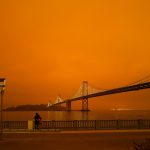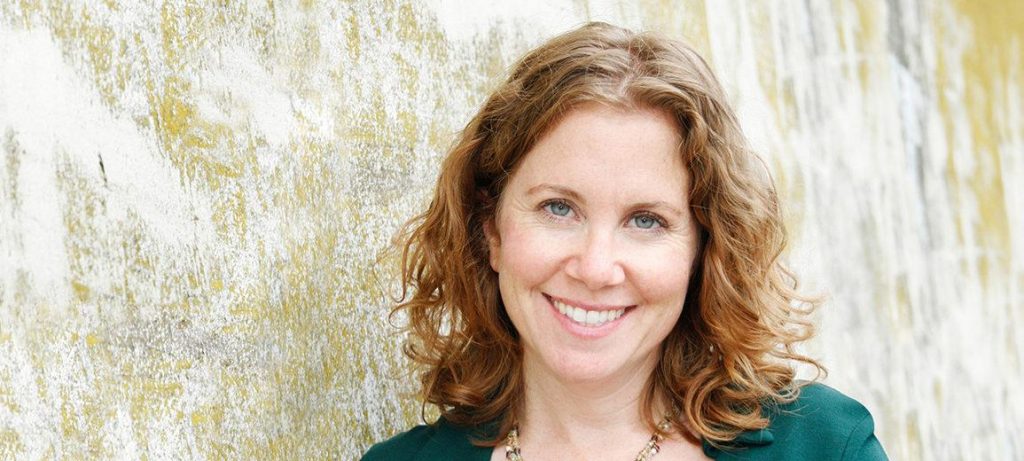
Fine art and commercial photographer Caren Alpert.
When San Francisco photographer Caren Alpert first started shooting food through a scanning electron microscope, it was just for fun. Then a chance encounter put her extraordinary images of ordinary edibles, from blueberries and sun dried tomatoes to lifesavers and pop-tarts, on the international stage.
“I wasn’t even going to share them,” recalls Alpert, whose commercial work centers on food photography. Then, on a lark, she brought her stunning close-ups of comestibles to a conference frequented by gallery representatives and curators. “It’s like speed dating for photographers,” she explains.
There Alpert met a photo editor who told her “you’ve got to show these to my friend at NPR.” So of course she did, and in 2011 NPR ran a story on her electron micrographs called Is That a Landscape or a Fortune Cookie?
“Since then it’s spread like wildfire,” Alpert says. Her electron microscope images have appeared in publications from WIRED UK to the Wall Street Journal and in galleries nationwide, and she has a Tedx Talk called You Art What You Eat.
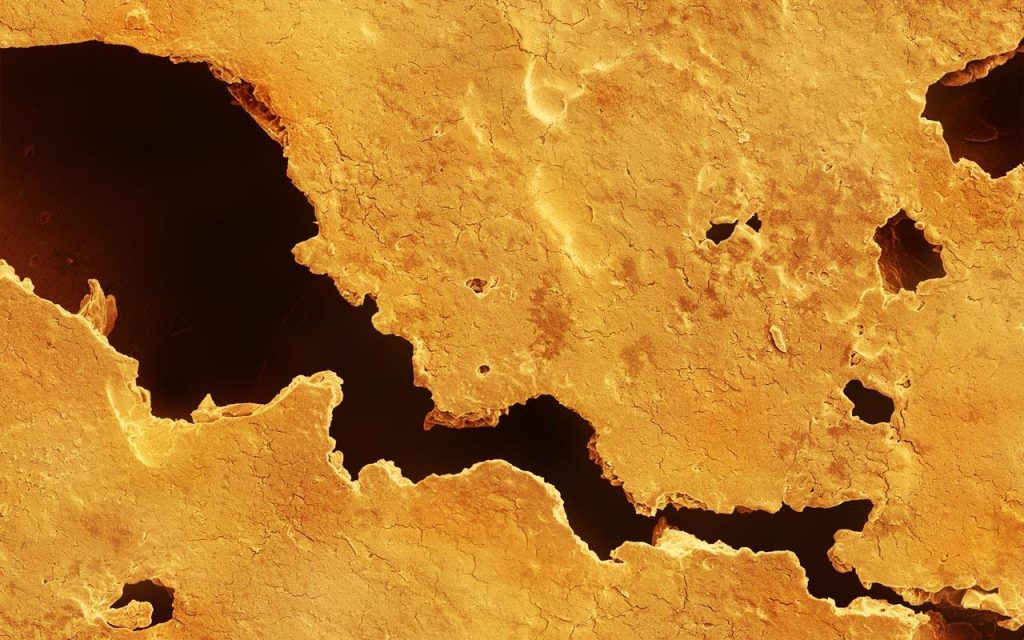
Fortune cookie at 150X magnification
Alpert’s show, aptly called terra cibus or Latin for land of food, is currently at the San Francisco Recreation & Parks Department’s Harvey Milk Photo Center through June 2. This summer, she will offer food photography classes as the Artist-in-Residence at Draeger’s in San Mateo.
Her fascination with electron microscopy was sparked by a presentation showing the instrument’s ultra-detailed views of insects. Those were for research, however. How could she gain access? Alpert made her case to her alma mater, the University of Arizona, and the rest, as they say, is history. More recently Stanford and Harvard have invited her to use their facilities.
The process is involved. First Alpert takes a conventional studio shot of the food (more on this later). Then she sends a food sample to the lab for prep. This procedure entails dehydration, platinum or gold coating, and then affixing a sample “smaller than a pinky fingernail” to a post.
Next Alpert captures images of the prepped food through the electron microscope. “You’re photographing electrons bouncing off the surface,” she says. The resulting images are black and white, so the final step is color matching with the studio shot taken at the outset.
Food can be loaded with health and environmental do’s and don’ts — eat this, it’s good for you; eat that, it’s good for the world — as well as foodie snobbery. Alpert’s work transcends all that, taking what we eat back to basics.
The results are delightful and often unexpected. “I love to bring people together to see things in a different way,” Alpert says. A Canadian father emailed to share his joy at his six year old’s attempts to guess what each of the foods were. You can see how you do with the quiz below.
QUIZ:
1.  2.
2. 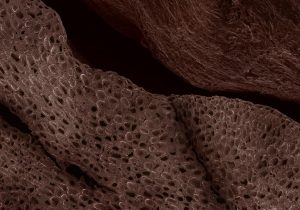
3.  4.
4. 
5.  6.
6. 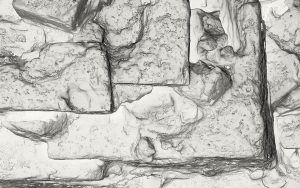
7. 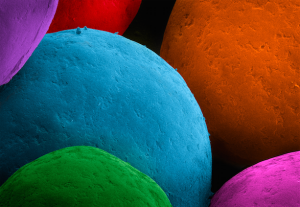
ANSWERS:
- Cauliflower at 78X magnification
- Coffee bean at 80X magnification
- Raw sugar at 15X magnification
- Pop-tart at 450X Magnification
- Brussel sprout at 110X magnification
- Table salt at 45X magnification
- Cake sprinkles at 65X magnification
All images courtesy of Caren Alpert.
